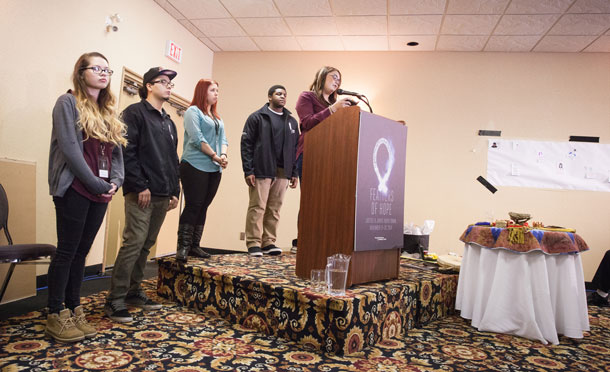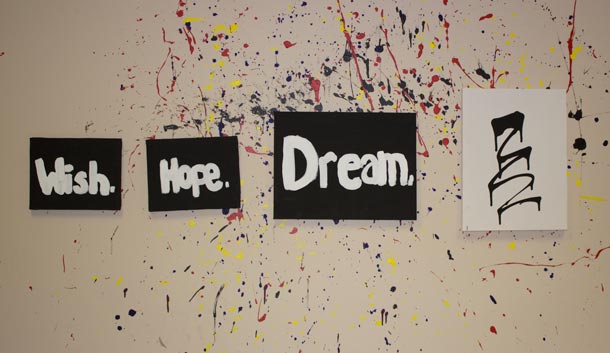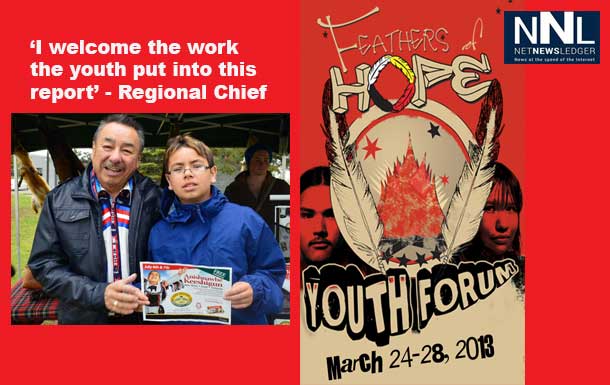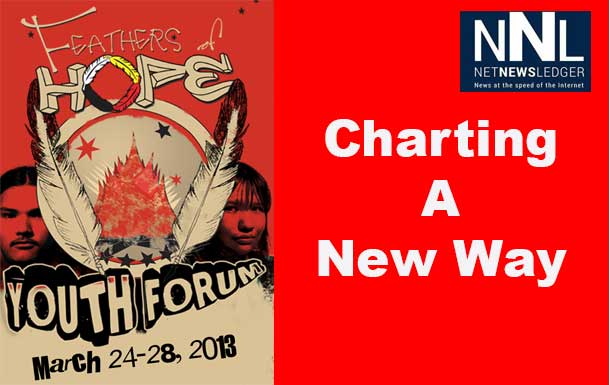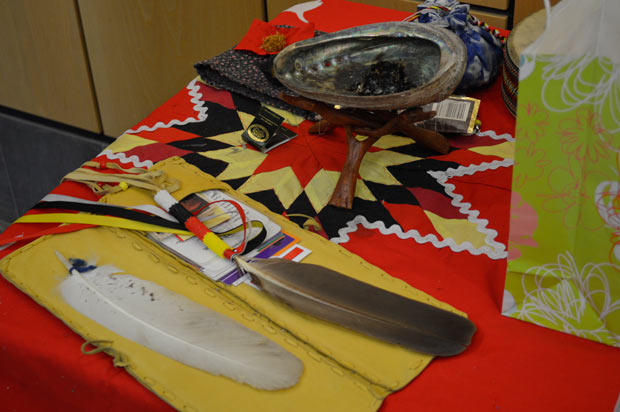
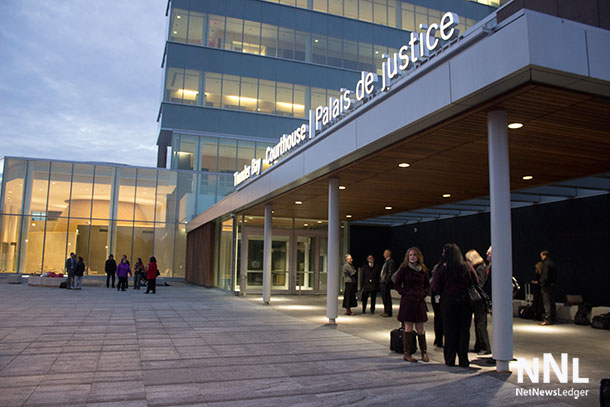
THUNDER BAY – “Intimidating, foreign, unjust and discriminating,” are just some of the words used by youth to describe the relationship between Aboriginal people and the justice system, according to a new report by the Office of the Provincial Advocate for Children and Youth. Feathers of Hope, Justice and Juries: a First Nations Youth Action Plan for Justice captures the voices of young people from across Aboriginal communities in Ontario, and was released in simultaneous events held on Parliament Hill and at the Ontario Legislative Assembly.
Broader Look at the Problems
“What began as a conversation about the lack of jury representation quickly moved to a broader discussion about the justice system’s broken relationship with Aboriginal people. It was clear that Aboriginal young people feel disconnected and intimated by the justice system and they are calling for transformative change,” said Jeremiah Otis from Fort Albany First Nation and a member of the youth advisory committee with the Office of the Provincial Advocate for Children and Youth.
In November 2014, more than 150 First Nations youth between the ages of 15 and 29 participated in the “Feathers of Hope: Justice and Juries” youth forum in Thunder Bay to address the under-representation of First Nations people on juries. The youth forum was held at the request of former Supreme Court of Canada Justice Frank Iacobucci who authored a report on the under-representation of First Nations people on jury panels. The under-representation of Aboriginal people on juries has contributed to lengthy delays in criminal trials and inquests proceedings. In Thunder Bay, a coroner’s inquest into the deaths of seven Aboriginal teens is underway, but only after a lengthy three-year delay due to a lack of Aboriginal jurors.
“Many of the young people who contributed to this report have personal experience with the justice system. They describe the failure of the system at nearly every level. Their recommendations for improving the justice system begin with an understanding of Aboriginal culture and legacy issues which continue to have an impact on their daily lives,” said Laura Arndt, Director of Advocacy Services with the Office of the Provincial Advocate for Children and Youth.
Summary of Feathers of Hope Report
The stories and ideas of the young people who attended the forum are summarized in the following:
The gap between the justice system and Aboriginal culture, tradition and history
- Youth feel disconnected from the justice system, which they view as a foreign institution rooted in punishment and blame. This approach does not reflect Aboriginal values and beliefs that are based on restoration and healing. Most youth said they were more open to serving on inquest juries (rather than on criminal trials) since they’re not focused on assigning blame.
- Many youth said they had limited knowledge about how the justice system worked and their individual rights, yet too often they felt the direct impact of the justice system on their lives. Without this understanding, many youth said they were unwilling to serve on juries (despite it being mandatory) or seek a career in law or policing.
- Youth spoke repeatedly about the need for their communities to have educational programs about the justice system and to have this information readily available in schools or through band office training.
- Forum participants believe that discrimination, racism and stereotypes about Aboriginal people are reflected in the jury process because they are buried in the beliefs and unconscious thinking of mainstream society. Trust, respect and inclusivity must be central to the foundation of the justice system.
- Youth believe that many professionals (e.g. judges, police, and lawyers) who work in the justice system lack an understanding of Aboriginal legacy issues and its ongoing impact on the daily lives of many Aboriginal people, including poverty and addiction. This lack of understanding creates negative stereotypes and systemic discrimination across the justice system. Out of the 150 youth who participated in the forum, almost all had experienced first-hand or witnessed acts of racism directed at them or a family member.
- Youth spoke about feeling left “outside” of the court system. Life-changing decisions were sometimes made without first explaining the young person’s rights to them or clarifying complex legal terms and processes.
Policing
- Police are often a young person’s first point of contact with the justice system. Forum participants viewed policing as the most immediate, visible sign of failure of Ontario’s justice system in serving First Nations communities. Too often, youth felt targeted by police with the approach to law enforcement seen as intimidating and creating fear within Aboriginal communities. Youth believe that police have a responsibility to build trusting relationships with Aboriginal communities and to listen to their needs. Youth shared examples where the police built positive relationships with Aboriginal youth and their communities through a range of community outreach programs and activities.
- Youth believe that police services are not provided at the same level in Aboriginal communities compared to the rest of the country. Their perception is that there is an inadequate number of Aboriginal police officers assigned to multiple Aboriginal communities, which can lead to delayed response times, thereby contributing to a greater sense of fear and insecurity.
- There was general agreement among youth that stereotyping plays a big role in interactions between Aboriginal people and police. For example, youth felt that police automatically assumed the worst whenever they encountered an Aboriginal person who was stumbling. Rather than consider the possibility that the person was ill, police were quick to assume that he/she was drunk or taking illegal drugs. This stereotype may influence how the police respond to the individual.
- Forum participants believe that aggressive interactions with police may be prevented if they understood their individual rights. For example, youth were unaware that unless they are charged with a crime, an officer must seek their permission to conduct a search.
Jury Process
- Youth believed that participating on jury panels created additional financial and emotional hardship on the individual, particularly if they are required to travel far from your communities and attend court proceedings for lengthy periods of time. The low level of compensation paid to jurors created additional financial hardship, particularly for individuals supporting children or families.
- Language and the lack of understanding about the justice system and the role of jurors are critical barriers to serving on juries, especially for elders and community members from fly-in and remote communities/reserves and where English or French is not their first language.
- Many of the forum participants were unaware that jury duty was mandatory. Serving on juries goes against their cultural tradition of not judging others.
Gladue
- Recognized by the Supreme Court of Canada, the Gladue principle requires the courts to consider Canada’s harmful, historical treatment against Aboriginal peoples and for judges to decide a sentence or bail that may be better at helping the individual avoid further contact with the law.
- A critical step in improving relations between Aboriginals and non-Aboriginals within the justice system is to fully apply the Gladue principles across all of Canada.
In their report, youth are proposing 39 recommendations to renew the justice system in order to build a stronger relationship with Aboriginal people.
“We must break the cycle of discrimination and mistrust between the justice system and Aboriginal people. We encourage the federal and provincial governments, police and the legal community to listen to what young people have to say about their experiences with the justice system and partner with them to create meaningful change,” said Karla Kakegamic from Keewaywin First Nation and a youth amplifier with the Provincial Advocate’s Office.
A copy of Feathers of Hope, Justice and Juries: a First Nations Youth Action Plan for Justice is available at: http://provincialadvocate.on.ca/

